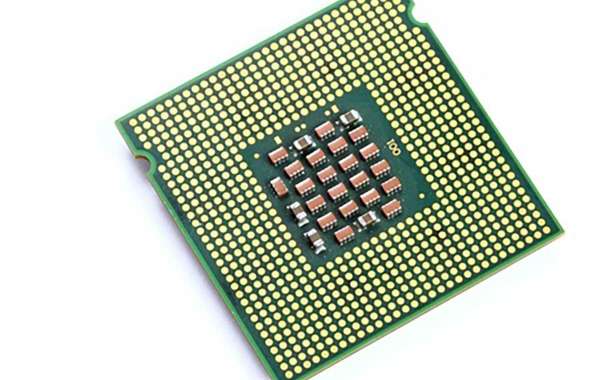In the ever-evolving landscape of semiconductor design, the quest for efficient design reuse, verification, and integration has never been more crucial. IP-XACT, an industry-standard XML format, has emerged as a unifying force, seamlessly catering to both FPGA and ASIC design flows. This article delves into the significance of IP-XACT in modern design methodologies, exploring its applications, advantages, and the support it receives from leading tools like Xilinx Vivado Design Suite and Synopsys Design Compiler.
Understanding the Significance of IP-XACT
Efficient Design Reuse:
IP-XACT, developed by the Accellera Systems Initiative, has become a linchpin for efficient design reuse across diverse technologies. Its standardized XML format encapsulates design metadata, encapsulating essential information about intellectual property (IP) cores. This standardization fosters interoperability, enabling designers to seamlessly share, integrate, and reuse IP blocks across various projects and technologies.
Verification Harmony:
In the realm of semiconductor design, verification is a critical phase. IP-XACT facilitates a unified environment for verification, allowing verification engineers to define and share verification environments along with IP descriptions. This level of abstraction enhances collaboration and ensures that verification environments remain consistent throughout the design cycle, reducing the risk of errors and omissions.
Integration Across Technologies:
One of the hallmarks of IP-XACT is its capability to bridge the gap between FPGA and ASIC design flows. Whether a design is targeted for an FPGA or an ASIC, IP-XACT provides a common language for design descriptions. This enables smooth integration across different technologies, allowing designers to transition seamlessly from FPGA prototyping to ASIC production without significant redesign efforts.
Tools Embracing IP-XACT for FPGA and ASIC Design
Xilinx Vivado Design Suite:
Xilinx Vivado Design Suite stands as a testament to the industry-wide adoption of IP-XACT for FPGA design. Vivado leverages IP-XACT to enable a plug-and-play approach to IP integration. Designers using Vivado can seamlessly import IP blocks described in IP-XACT format, streamlining the design process and fostering a modular and scalable design methodology. The integration is not only efficient but also enhances design portability across different Xilinx FPGA devices.
For more details on how Xilinx Vivado Design Suite supports IP-XACT, refer to Xilinx IP-XACT Support.
Synopsys Design Compiler:
In the ASIC domain, Synopsys Design Compiler embraces IP-XACT to facilitate IP reuse and tool interoperability. Design Compiler supports IP-XACT descriptions for both the input and output of IP integration processes. This support extends to the entire RTL-to-GDSII design flow, ensuring a smooth transition from design description to physical implementation. The integration of IP-XACT enhances the predictability and efficiency of the ASIC design process, ultimately contributing to faster time-to-market.
For more information on how Synopsys Design Compiler supports IP-XACT, refer to Synopsys IP Reuse Tool.
Embracing IP-XACT: A Unified Future for Semiconductor Design
In the dynamic landscape of FPGA and ASIC design, IP-XACT emerges as a unifying force, offering a standardized language for IP description and fostering seamless integration. As the industry continues to push the boundaries of innovation, the adoption of IP-XACT becomes not just a choice but a strategic imperative for design teams aiming to enhance efficiency, collaboration, and portability across different technologies.
By leveraging IP-XACT, designers can break down the barriers between FPGA and ASIC design flows, creating a unified ecosystem that promotes design reuse, verification harmony, and efficient integration. As tools like Xilinx Vivado Design Suite and Synopsys Design Compiler actively embrace and support IP-XACT, the industry is poised for a future where semiconductor designs seamlessly traverse different technologies, accelerating the pace of innovation.
For more details on the IP-XACT standard and its ongoing development, visit the official Accellera IP-XACT Working Group.
In conclusion, the adoption of IP-XACT represents a paradigm shift in how semiconductor designs are described, shared, and integrated. As the industry marches towards a future defined by technological convergence, the role of IP-XACT as a unifying language becomes indispensable for design teams navigating the complexities of modern FPGA and ASIC design.










